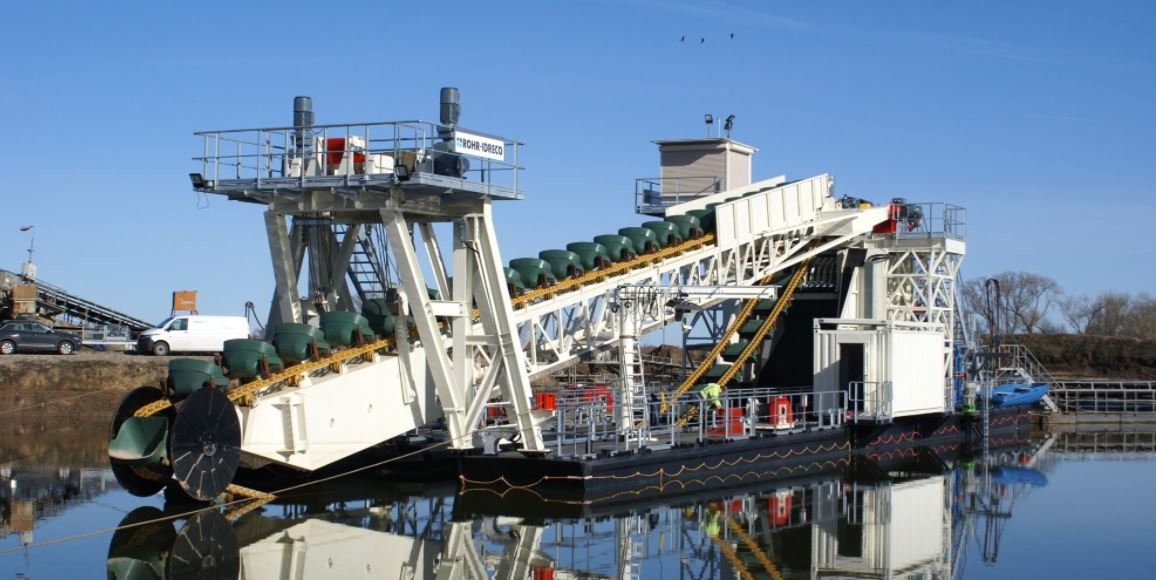Cemex’s Role and Execution
Cemex recently completed a crucial five-day dredging operation at the Port of Tilbury, which stands as London’s largest port. This strategic upgrade is set to significantly increase the port’s ability to host some of the world’s largest maritime vessels.
The task was undertaken by the UK Marine team at Cemex, a renowned global building materials supplier. The Port of Tilbury, the largest among the eight ports owned by Forth Ports, underwent these enhancements to stay competitive in the global shipping industry.
Tilbury: London’s Maritime Hub
Strategically located 22 nautical miles northeast of central London on the River Thames, the Port of Tilbury is not only London’s primary port but also a vital maritime gateway. The port boasts 56 operational berths across 31 independent terminals, encompassing 10.2 kilometers of quay and 465,000 square meters of warehouse space.
The Scale and Impact of the Dredging
To accommodate increasingly larger ships, the dredging project deepened the port’s channels to a depth of 15 meters. This was accomplished using the Dutch charter hopper dredger MV Reimerswaal, a formidable vessel 130 meters long with a gross tonnage of 7,495.
Economic Implications
The Port of Tilbury handles an impressive annual throughput of 16 million tonnes of cargo, valued at an estimated €10 billion. This enhancement is crucial for maintaining the port’s role as a major player in international trade and logistics.
